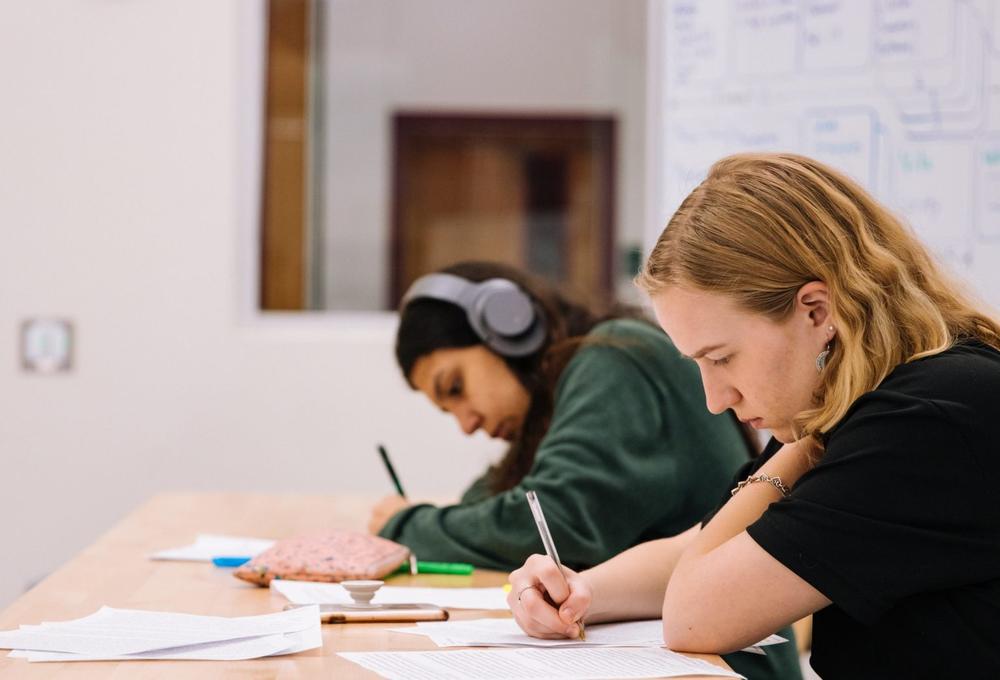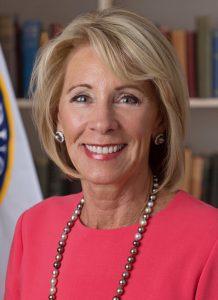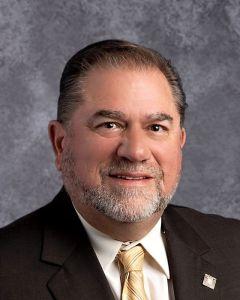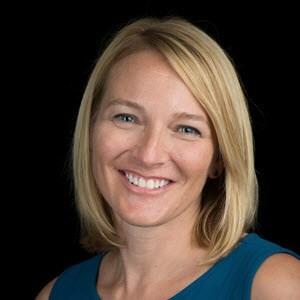
Caption
Savannah-Chatham County Schools was allotted nearly $11 million of the $411,452,867 Georgia received in May. / The Current
Credit: The Current

Savannah-Chatham County Schools was allotted nearly $11 million of the $411,452,867 Georgia received in May. / The Current
A select number of students in Chatham County are set to return to public school classrooms Monday amid widespread concern about health and safety due to COVID-19.
Among questions the school district has yet to resolve, however, is how much of the federal coronavirus relief funds allotted to it will go to which schools in the area. A recent judicial ruling means fewer dollars than expected will be going to private schools, amid a larger national debate over whether government funds to offset the economic costs of the coronavirus pandemic should prioritize economically disadvantaged families and businesses.
Savannah-Chatham County Schools was allotted nearly $11 million of the $411,452,867 Georgia received in May. The district has not submitted a budget for spending the money though it has purchased items for which it expects to get reimbursed for, such as technology for remote learning and cleaning supplies.
The money is part of the $2.2 trillion dollar Coronavirus Aid, Relief and Economic Security Act passed by Congress in March. About $13.5 billion was earmarked to help school districts offset pandemic-related costs.

U.S. Secretary of Education Betsy DeVos
A federal rule introduced in June by U.S. Education Secretary Betsy DeVos called for hundreds of millions to be funneled to private schools from allotments made to public school districts. Her rule required an equal distribution of funds per student, whether they were enrolled in public and private schools and regardless of their socio-economic background.
Since then, school districts have been consulting with educational facilities based on this guidance. As a result, Savannah-Chatham expected to earmark more than $900,000 of its allotment for 3,201 students in 18 private schools. Four of those schools anticipated reimbursement totaling more than $100,000 including Calvary Baptist Temple, Benedictine Military Academy, Blessed Sacrament School and St. Andrew’s School.
However, a federal judge ruled early in September that DeVos misinterpreted the law, which was written with the intent to provide federal aid to socioeconomically disadvantaged students in public schools nationwide.
Last week, the Georgia Department of Education notified school district superintendents and private school headmasters that DeVos would not appeal the federal judge’s decision.

John Zauner, executive director of the Georgia School Superintendents Association.
This development, supported by public school officials in Georgia, means the budgeting process for school CARES Act funding will have to start again, and will result in more of the federal dollars going to public schools.
“Certainly, as you peel back the onion, it became very political, very clear what was going on here, which was distributing federal dollars to private school students,” John Zauner, executive director of the Georgia School Superintendents Association, said. “There’s a lot of pull on that pot of money.”
It also means extra work for school districts like Savannah-Chatham that are still busy preparing for some students to return to in-person classes for the first time since Spring.
“It’s gonna be a big deal for both public schools and private schools,” said Matt Cardoza, director of external affairs for the Georgia Department of Education. “Some private schools are going to get less money than they thought. And in some public school districts are going to get more money than they thought.”
Glynn County’s allotment of state CARES Act funding is $3,455,791. Under Devos’s plan, $101,445 was to be set aside for 401 students attending Brunswick Christian Academy, Heritage Christian Academy and St. Francis Xavier Catholic School.
Camden County’s allotment is $1,448,403. Under Devos’s plan, $13,207 was to be set aside for 85 students attending Southeast Christian Academy, Advanced Learning Academy and Camden Christian Academy.
The state received its own allocation for schools which may be used at its own discretion, Cardoza said. In late July, a month after the DeVos rule, the State Board of Education voted to allocate $14,033,702 to the 66 public school districts – including Camden, Glynn and Savannah-Chatham Counties – that had to set aside more money than others for private schools.
“We at least tried to make those districts whole,” Cardoza said.
New guidance from the Georgia Department of Education last week instructed public school districts statewide to make a good faith effort to reach out to private schools, regardless of location, that serve students who live in the county school district. Most private schools serve students from three to six public school districts.
Georgia public school districts and nonprofit private schools have until Nov. 13 to detail records of which of their students fall into federally defined categories of economic need and then submit to the state the proportion of the district’s money that should go to each school.
The new interpretation is “more based on a kid who lives in your community or your county, no matter what school they attend,” Cardoza said. “Then that money kind of follows that kid.”
For example, St. Francis Xavier Catholic School in Brunswick has enrolled socioeconomically disadvantaged students who live in Camden, Glynn and McIntosh counties. Those three public school districts will now have to set aside an agreed-upon dollar amount based on the number of socioeconomically disadvantaged students.
Asked if the state would reclaim the extra allocation, Georgia Department of Education spokeswoman Meghan Frick said, “we’re hopeful that won’t be necessary, but it will be determined after the districts finish consultation and we know what the amounts of set aside differences look like.”
Many private schools along the coast resumed in-person classes in August with a strategic blend of virtual learning with staggered in-person instruction.
Calvary Day School implemented precautions and measures in line with those adopted by Savannah-Chatham Schools. For example, both plan to follow CDC guidelines and have installed contactless water and hand sanitizer dispensers throughout buildings.
“In contrast to many large-scale school systems, we are able to make informed decisions that will fit the needs of our smaller … population,” according to a statement in the private school’s “Return to School Plan” dated July 22. “The flexibility to use indoor and outdoor spaces across our 22 acres of campus will allow us to spread out, yet still experience the benefits of in-person learning.”
It’s hard to tell what the broader impact the September judicial ruling will have for private schools, Debra Wilson, president of Southern Association of Independent Schools, said.

Debra Wilson, Southern Association of Independent Schools.
“I think the hard thing is that a lot of private schools, they either were relying on some of that funding to help pay for full-time nurses on campus this year or to meet their PPE needs or things like that,” Wilson said. “Now they’re scrambling to make up that difference.”
Since the distribution rules are based on enrollment of socioeconomically disadvantaged students, Wilson said, “some schools will have a good number that fall under formula, some won’t.”
Messages left for Georgia Independent Schools Association President Jeff Jackson were not returned.
Unlike public school districts, private schools were eligible for low interest loans from the U.S. Small Business Administration’s Paycheck Protection Program, which is a separate pot of federal money intended to help offset the economic pain caused by the COVID-19 pandemic.
In northwest Georgia, Rome City School District expected to have to set aside almost $200,000 of its $2 million allotment for the Darlington School, a private boarding school for girls where a year’s tuition costs $54,000. Darlington received a loan of $1-2 million through the Paycheck Protection Program.
Here is how much money private schools in Savannah were awarded through the loan program, according to a database created by ProPublica using information obtained from the U.S. Small Business Administration:
This story comes to GPB through a reporting partnership with The Current, an independent, in-depth and investigative journalism website for Coastal Georgia
